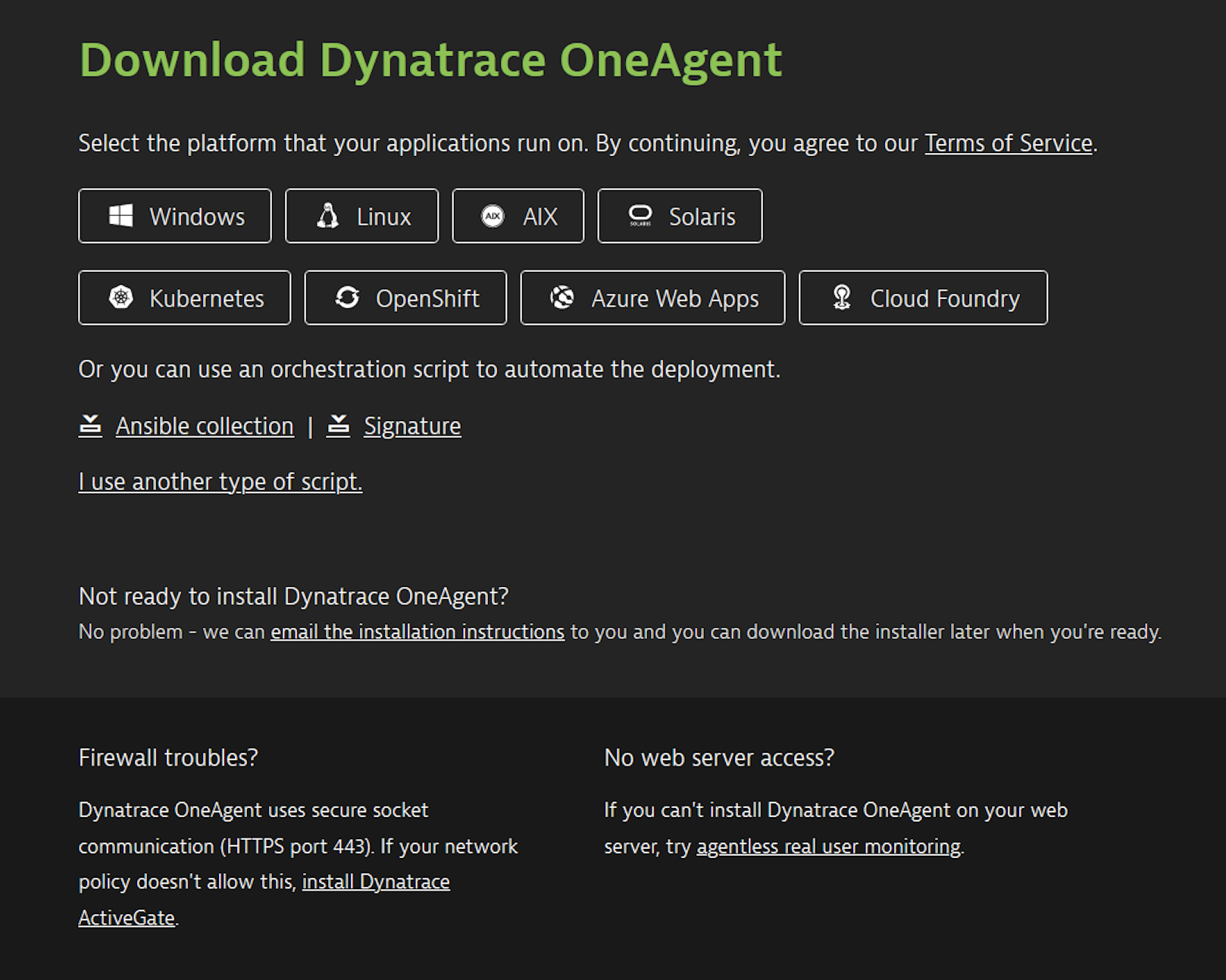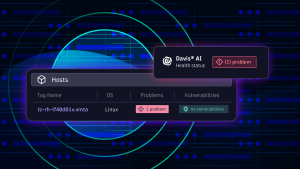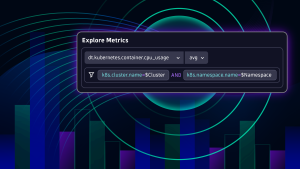Dynatrace announces the Preview of easy deployment and management of OneAgent instances via Ansible with Dynatrace release 1.205. By automating OneAgent deployment with Ansible, you'll save time, reduce human error, and achieve faster time to market.
The shortest possible time to value offered by Dynatrace is one of the most important reasons that our customers select Dynatrace over other monitoring solutions available on the market. Dynatrace OneAgent offers unprecedented ease of deployment and activation of monitoring. The zero-configuration philosophy we’ve infused into its architecture, combined with continuous automation, has made it possible for Dynatrace to offer the best-in-class solution on the market.
To further extend the Dynatrace zero-configuration and auto-everything approaches, we’re happy to announce that with Dynatrace release 1.205, we are providing a Preview of easy deployment and management of OneAgent instances via Ansible. By automating OneAgent deployment with Ansible, you’ll save time, reduce human error, and achieve faster time to market.
Multiply the simplicity of OneAgent deployment by the thousands
Large-scale software deployments rarely depend on the manual invocation of installers. In order to scale up and perform such operations within predefined maintenance windows (that are typically short), deployment administrators have inspired the creation of CMDB solutions and mass-deployment mechanisms. Today, Dynatrace has several such solutions in place that you can choose from.
- In the case of Windows-based environments, the obvious first choice is Windows Group Policy. You can read more in our Help page on Group Policy deployment.
- In the case of Unix systems, the dominant solution on the market today that is independent of local package managers (such as dpkg, RPM, and others) is Ansible.
Ansible is a simple IT automation engine that automates cloud provisioning, configuration management, application deployment, and many other IT needs. It has been the most popular solution for at least a year now, and its presence is growing. We’re really pleased, therefore, to enable you to deploy thousands of OneAgent instances via Ansible. This will allow you to multiply the simplicity of OneAgent deployment by the thousands and achieve even faster time to value.
Set up easy deployment of OneAgent via Ansible
The Ansible OneAgent collection is available from two primary sources:
- Directly from Dynatrace
The collection is provided for convenient download directly from the Deploy Dynatrace options for OneAgent on the Download Dynatrace OneAgent page.

- From the Ansible Galaxy repository
We plan to also publish the OneAgent collection directly to Ansible Galaxy soon. At the time of this publication it may not be available there yet, but please stay tuned. It will definitely find its way there before the GA release. Please stay tuned for updates on the location of the Ansible Galaxy collection for OneAgent.
Note: Ansible Galaxy also contains other collections that were created over the past several years. These other collections won’t be covered by official Dynatrace support once OneAgent deployment via Ansible is generally available.
How to deploy and manage OneAgent via Ansible
The Ansible OneAgent collection comes as a ready-to-adapt solution. Along with the roles that are available in the OneAgent collection, you’ll find several README files with actual usage examples. These examples cover the vast majority of popular use cases. What this also means is that the solution is ready to be adapted to your particular needs, and, if necessary, usable in ways that are different from the examples. When in doubt, refer to the README files for additional hints and instructions.
Among the functionality supported by the scripts, we provide you with the ability to:
- Deploy OneAgent instances with their default settings.
- Deploy OneAgent instances with the option to override any of the settings—tags, properties, monitoring mode, network zones, host groups, tenants, servers, etc., exactly as during regular non-scripted deployment.
- Update OneAgent instances in case the default auto-update mechanism and/or associated UI and REST API–based management of OneAgent versions can’t be used.
- Uninstall OneAgent instances.
Each of the supported operations is accompanied by its own return code and error logging.
Operation modes
The OneAgent collection can operate in two different OneAgent installer modes:
- A pre-downloaded installer that needs to be present on the primary node—in this case, the Ansible back end takes care of the distribution of the installer.
- Using a known API endpoint for installer procurement—in this case, the installer is downloaded individually to each of the target nodes from Dynatrace.
While developing the solution, we’ve taken special care to make the solution as secure and intuitive to use as possible.
How to participate in the Preview
The Preview is available since Dynatrace version 1.205 and the associated Ansible collection supports OneAgent versions 1.199+, so you can install earlier versions, if needed.
You don’t need to register explicitly for this Preview. The solution is provided for all Dynatrace customers with the standard supportability limitations for Preview releases. Enjoy!
What’s next
During the next several months, we plan to gradually improve the coverage of scripted OneAgent deployment by providing support for other popular scripted technologies as well as extending the support coverage beyond just deployment use cases.
In addition, we also plan to support ActiveGate deployments via Ansible and other solutions soon.
Stay tuned for associated announcements about further increments and general availability releases.
Feedback?
Alongside the download links for the OneAgent collection, you’ll find a link to a survey. Your responses to the survey will help us prioritize our next investments for OneAgent deployment. We’d greatly appreciate your feedback.
In addition to the survey, as always, we welcome your feedback and comments at Dynatrace Community, via in-product Dynatrace ONE chat, or through your Dynatrace Account Manager.





Looking for answers?
Start a new discussion or ask for help in our Q&A forum.
Go to forum